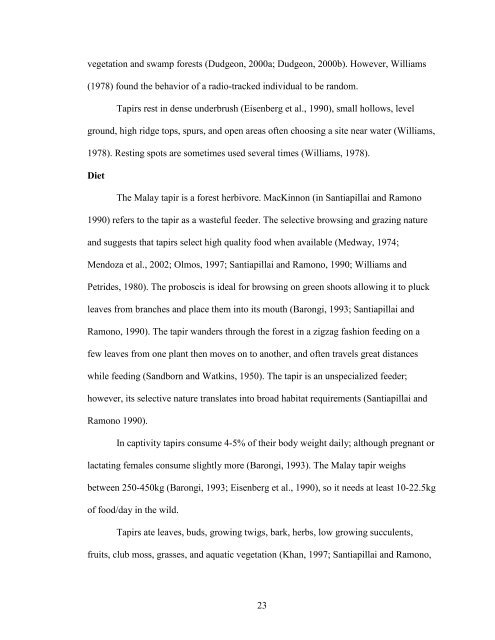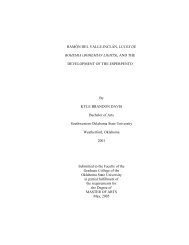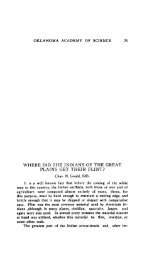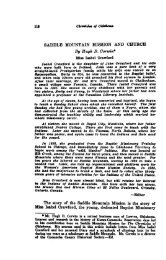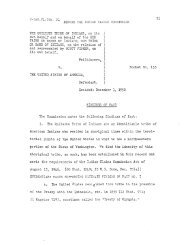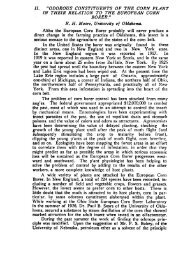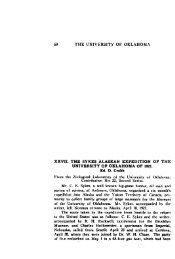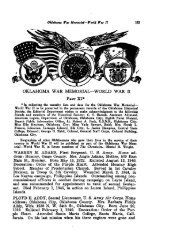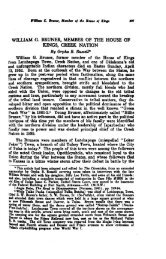tapir behavior- an examination of activity patterns, mother young ...
tapir behavior- an examination of activity patterns, mother young ...
tapir behavior- an examination of activity patterns, mother young ...
You also want an ePaper? Increase the reach of your titles
YUMPU automatically turns print PDFs into web optimized ePapers that Google loves.
vegetation <strong>an</strong>d swamp forests (Dudgeon, 2000a; Dudgeon, 2000b). However, Williams<br />
(1978) found the <strong>behavior</strong> <strong>of</strong> a radio-tracked individual to be r<strong>an</strong>dom.<br />
Tapirs rest in dense underbrush (Eisenberg et al., 1990), small hollows, level<br />
ground, high ridge tops, spurs, <strong>an</strong>d open areas <strong>of</strong>ten choosing a site near water (Williams,<br />
1978). Resting spots are sometimes used several times (Williams, 1978).<br />
Diet<br />
The Malay <strong>tapir</strong> is a forest herbivore. MacKinnon (in S<strong>an</strong>tiapillai <strong>an</strong>d Ramono<br />
1990) refers to the <strong>tapir</strong> as a wasteful feeder. The selective browsing <strong>an</strong>d grazing nature<br />
<strong>an</strong>d suggests that <strong>tapir</strong>s select high quality food when available (Medway, 1974;<br />
Mendoza et al., 2002; Olmos, 1997; S<strong>an</strong>tiapillai <strong>an</strong>d Ramono, 1990; Williams <strong>an</strong>d<br />
Petrides, 1980). The proboscis is ideal for browsing on green shoots allowing it to pluck<br />
leaves from br<strong>an</strong>ches <strong>an</strong>d place them into its mouth (Barongi, 1993; S<strong>an</strong>tiapillai <strong>an</strong>d<br />
Ramono, 1990). The <strong>tapir</strong> w<strong>an</strong>ders through the forest in a zigzag fashion feeding on a<br />
few leaves from one pl<strong>an</strong>t then moves on to <strong>an</strong>other, <strong>an</strong>d <strong>of</strong>ten travels great dist<strong>an</strong>ces<br />
while feeding (S<strong>an</strong>dborn <strong>an</strong>d Watkins, 1950). The <strong>tapir</strong> is <strong>an</strong> unspecialized feeder;<br />
however, its selective nature tr<strong>an</strong>slates into broad habitat requirements (S<strong>an</strong>tiapillai <strong>an</strong>d<br />
Ramono 1990).<br />
In captivity <strong>tapir</strong>s consume 4-5% <strong>of</strong> their body weight daily; although pregn<strong>an</strong>t or<br />
lactating females consume slightly more (Barongi, 1993). The Malay <strong>tapir</strong> weighs<br />
between 250-450kg (Barongi, 1993; Eisenberg et al., 1990), so it needs at least 10-22.5kg<br />
<strong>of</strong> food/day in the wild.<br />
Tapirs ate leaves, buds, growing twigs, bark, herbs, low growing succulents,<br />
fruits, club moss, grasses, <strong>an</strong>d aquatic vegetation (Kh<strong>an</strong>, 1997; S<strong>an</strong>tiapillai <strong>an</strong>d Ramono,<br />
23


